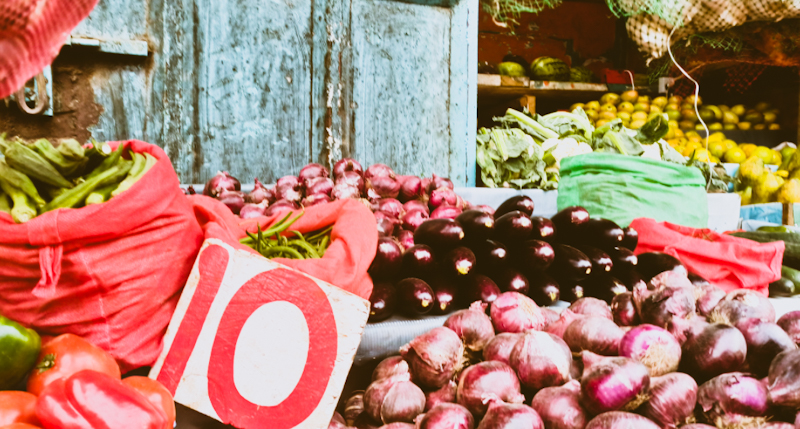Kenya’s inflation rate rose slightly to 6.9 per cent in October from 6.8 per cent in September, according to the Kenya National Bureau of Statistics (KNBS).
“During the reference month, all sectors continued to show price rises,” said the KNBS.
The main drivers of inflation were food, housing, and transport costs, which increased by 1.3, 1.9, and 1.5 per cent, respectively, between September and October.
The survey said the food inflation was mainly due to higher prices of some food items, such as potatoes, tomatoes, and oranges.
“During the same period, however, prices of maize flour-sifted, fortified maize flour, and wheat flour- white decreased by 4.1, 3.2, and 0.8 per cent, respectively,” according to the survey.
The housing inflation was mainly due to higher prices of gas, electricity, and kerosene, while the transport inflation was mainly due to higher prices of petrol and diesel.
The survey collected data from a sample of outlets located in 50 data collection zones across the country, covering a representative basket of household consumption goods and services.
The data collection was conducted in the second and third weeks of October.
“The CBK’s Monetary Policy Committee expects further moderation in prices as prior policy tightening fully transmits into the economy,” according to the NCBA Inflation Reaction for the month.
“However, looking ahead, the risks to the current trend are tilting to the upside. Indeed, the forecast El Niño conditions could negatively impact food crop production, while global commodity prices are likely to remain high in absolute terms.
“This is as markets closely follow OPEC+, monetary policy, global economic growth conditions, and more recently, unfolding geopolitical conflict in the Middle East.”
Globally, FAO reports lower global food prices in October
On the other hand, the Food and Agriculture Organization (FAO), a United Nations agency, said that the world price index of the most traded food commodities fell to its lowest level since March 2021 in October.
The index dropped from 121.3 points in September to 120.6 points in October due to lower prices of sugar, cereals, vegetable oils, and meat.
The FAO Cereal Price Index, which measures the prices of wheat, rice, and maize, also declined by 1.3 points to 125.0 points in October.
The FAO said that the main reason for the drop was the higher-than-expected wheat supplies in the United States and the strong competition among wheat exporters.
“International wheat prices fell by 1.9% in October, reflecting generally higher-than-earlier-anticipated supplies in the United States of America and strong competition among exporters,” the FAO said.




